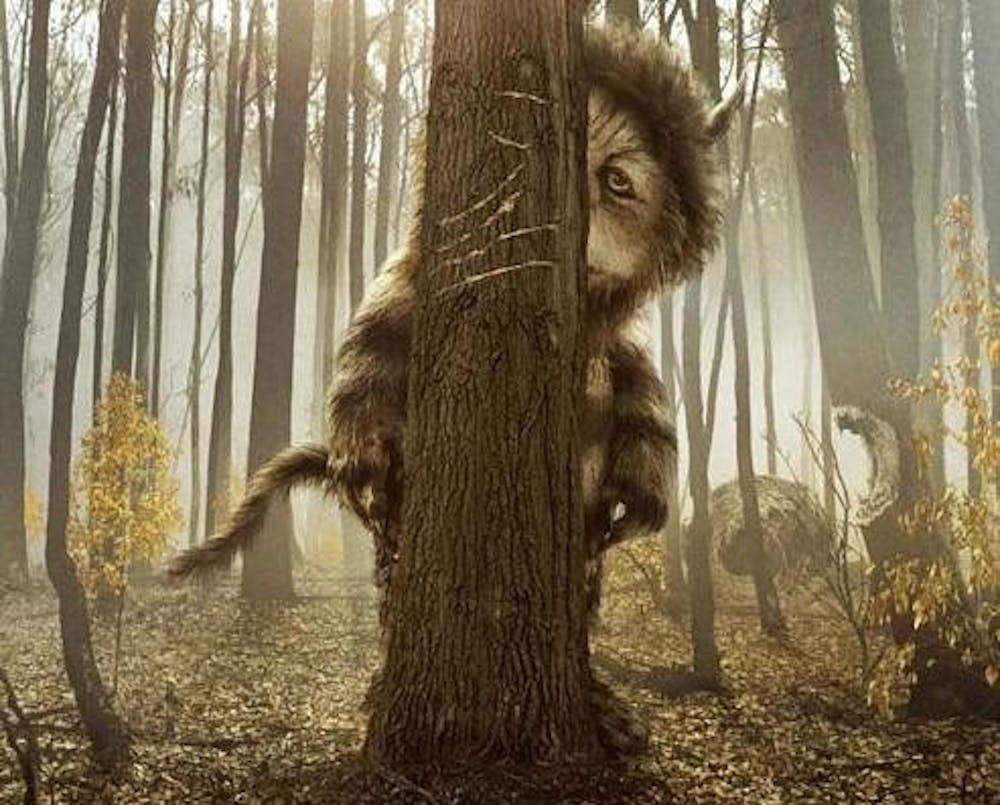I must concede that discussion on “Where the Wild Things Are” is above me.
It is a film that has been met with such high praise as well as ambivalence, and in that vein, its criticism has transcended film and become a daunting Freudian psychoanalysis of which I understand little.
And although I feel it is a great film, either the advocates like myself or the now-emotionally exhausted audiences can all agree that it is a great film with an asterisk.
Let’s begin by saying that whether you like the film or not, director Spike Jonze’s visuals and set pieces are stunning, the performances are unique, genuine and award-worthy and the massive tangible puppets that embody the Wild Things are the perfect touch. With that said, “Wild Things” can by no means be a “bad” film, but its subject matter has created a great void between its various spectators.
Those who adore the film have seen in it the beauty through the darkness of childhood and the often terrifying inhibitions and imaginations that fuel our growth and maturity. But those who are on the fence have taken that analysis one step further, marking the end of childhood – but where’s the fun in that?
Many more have taken the same reading and equated it with a plethora of miserable emotions, all of which still embody childhood itself, as well as the film’s overall theme through chaotic dirt-clod fights and murky cinematography.
Who is most right? They all are, equally. I saw both the charm and the pain in “Wild Things,” and I have no trouble imagining a person distraught by what was presumably an innocuous kids’ movie. Jonze’s message about childhood remains perfectly intact, even though it can be unsettling.
But what does a film’s ability to arouse such discussion, portray a meaningful theme and be read uniquely actually say? It speaks of timeless source material and a director set to emerge as one of the greats of the next century of film. This collaborative work that evolves in the minds of its viewers upon excessive debate and multiple viewings is the sign of an ever-changing film.
“Wild Things” does not simply exist as a work of art; it challenges and inspires deep thought more than almost any other film this year. It is this quality that puts the asterisk next to its great film title, a reminder that great film or not, this is a movie that will be remembered for decades to come.
I can think of two movies this year that I consider better films than “Wild Things” and yet do not fall into the category of being an instant timeless masterpiece – “500 Days of Summer” and “The Hurt Locker.” I love these films, but will “500 Days” be as witty 10 years from now? Will “Hurt Locker” still be the definitive Iraq War film?
There is one other movie that fits this criteria, the one I think is the best film of the year: “Inglourious Basterds.” Understanding what Quentin Tarantino has done, acknowledging his subtle nods to film history and deciphering whether his characters’ grotesqueries and exaggerations are serious or part of the joke has become more involving for me and other critics than anything else in 2009.
I actually had an alternate column on the state of kids’ films lined up for this week, but the more I read about “Wild Things,” the more I realized it and “Basterds” are films that demand to be discussed. It is a rare film that exceeds itself as just something to be watched, and we are lucky enough to have two such films this year.
Cin'e'cism
Where 'Wild Things' has left us

Get stories like this in your inbox
Subscribe





